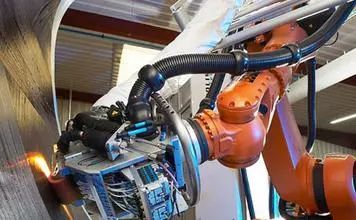Physical Sensors

Fiber Optic Sensors
Bionic Sensors
Infrared Sensors
Electromagnetic Sensors
Magneto-Optical Effect Sensors
Pressure Sensors
The reproduced content only represents the author’s views
and does not represent the position of the Institute of Physics, Chinese Academy of Sciences
For reprints, please contact the original public account
Original title: Sensors on Robots
Source: Sensor Technology

Editor: Garrett
↓ Click the title to view ↓
1. After sitting for six hours a day, this is what happens to your body
2. This organ, which is often removed, actually protected you throughout your childhood! (Not the appendix)
3. Can toilet paper be flushed down the toilet after use? Let’s do an experiment to show you
4. Just now, the first five photos of the hundred billion dollar “Webb Space Telescope” were officially released!
5. The Greatest Work, but the Second Middle School
6. Which is hotter, 100℃ water or 100℃ oil? | No.318
7. Which is the most real, your phone’s rear camera, front camera, or you in the mirror?
8. Why is it so hot this year?
9. Why can’t you peek through the door gap? It turns out that peeking through the door gap can see “ghosts”
10. Prohibited nesting of cauliflower, retina, and coffee pots
